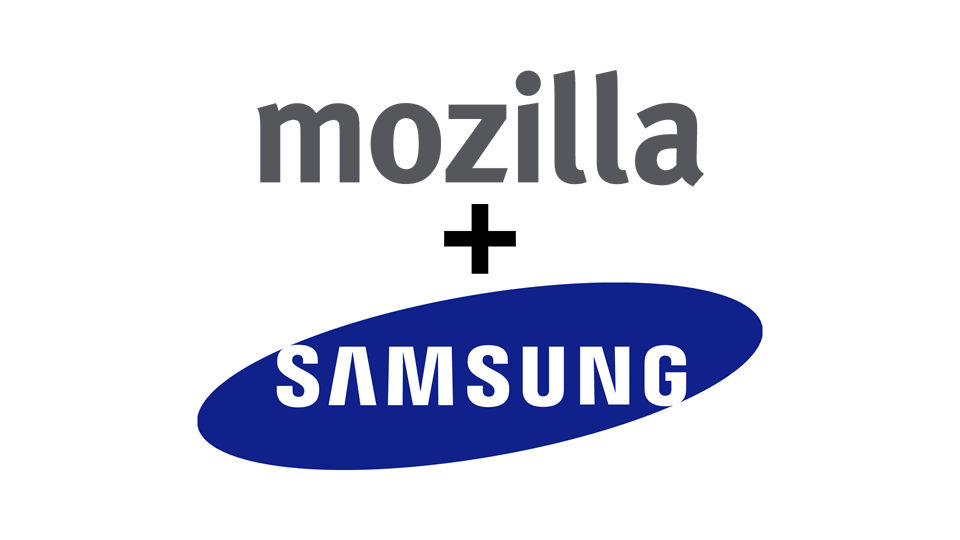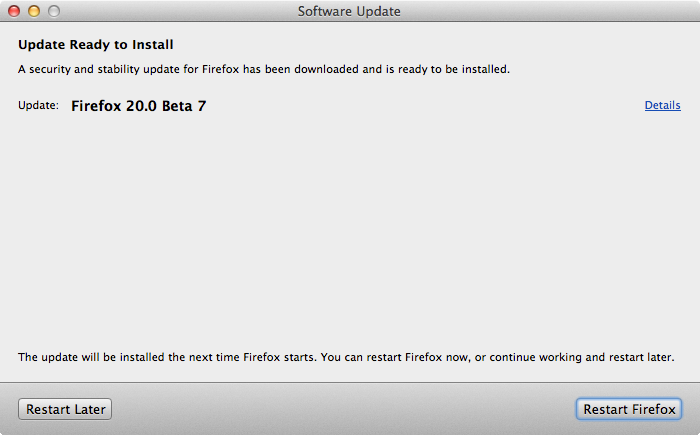Nilay Patel is wrong on the “The mobile web sucks” article he posted on the Verge.
Let’s take a look at the article itself.
In portrait mode, the site logo is on the top of the screen followed by a large ad. The title of the article is in the bottom half of the screen.

In Landscape mode without the navigation bar, only part of the article title showed up on the screen.

Let’s see how it looks with mobile Safari navigation bar. The title of the article doesn’t even show up on the screen.

The fact is that The Verge is one bloated site, littered with ads and analytics. I generally avoid The Verge like a plague because of that.
Patel adds:
Now, I happen to work at a media company, and I happen to run a website that can be bloated and slow. Some of this is our fault: The Verge is ultra-complicated, we have huge images, and we serve ads from our own direct sales and a variety of programmatic networks. Our video player is annoying. (I swear a better one is coming, for real this time.) We could do a lot of things to make our site load faster, and we’re doing them.
Patel knows what the actual source of the problem, but he is trying to shift the blame to the web-browsers. If the square peg doesn’t fit the round hole, you should stop giving the peg paint jobs.
I unapologetically use ad-blocker and host-file to make my web-browsing experience better.





